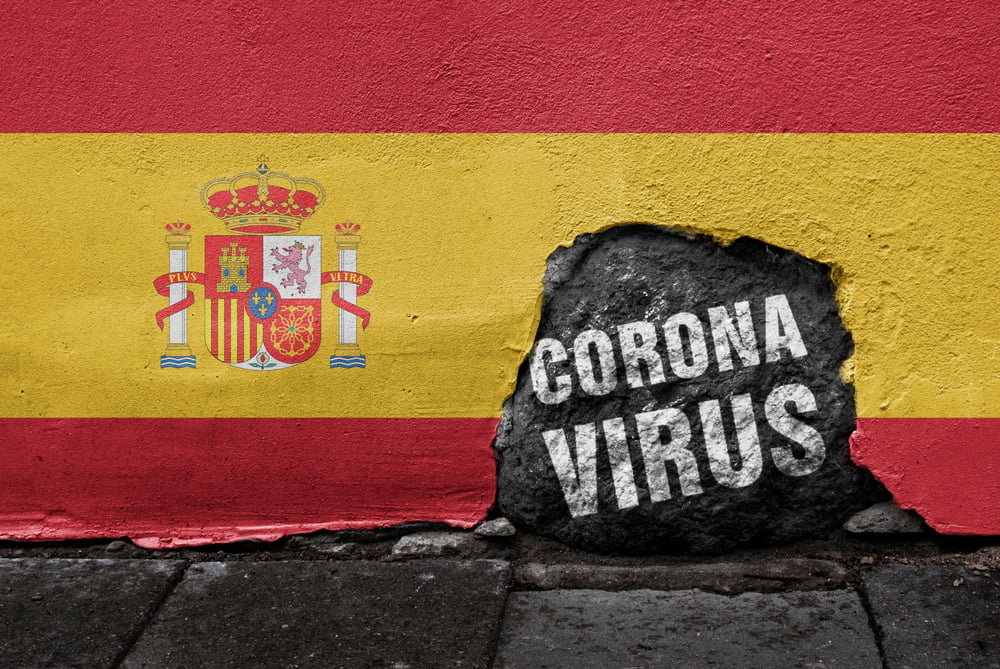¡OLÉ! Spain lifted the state of emergency today and reopened its borders to travelers. The longest day of the year not only heralds the start of summer but will go down in the history books as the day that the lock-down in Spain ended. After 100 days of isolation, there is one einde have reached the 'corona closure' in almost all of the country and foreigners from EU and Schengen countries can travel to Spain again. Even the English don't have to be quarantined on arrival.
alarm status
The borders were locked on March 16, ie the borders were physically open but border controls were reintroduced and citizens from other EU countries and the Schengen area could not just enter Spain. However, border controls expired on Sunday, June 21, and residents of the EU and Schengen zone including Great Britain are allowed to re-enter Spain without the mandatory 24-day quarantine.
no quarantine obligation
Spain also waives a previously announced mandatory corona quarantine for UK visitors. The Spanish government considered taking the same measure that London had previously taken, but decided to come back at the last minute. The Spanish foreign minister informed British broadcaster BBC that British people can come just like visitors from a range of other European countries. The decision not to quarantine would have been made out of respect for the 400.000 British with a second home in Spain.
Canary Islands
Entry and exit restrictions have been lifted, but you may be checked for symptoms at the border. The local measures taken against the spread of the coronavirus have also been relaxed. The Dutch government has also converted the code orange to code yellow for the islands of La Palma, Tenerife, Gran Canaria, Fuerteventura, El Hierro and La Gomera.



